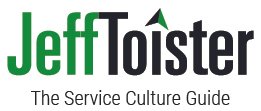Just over a year ago, United Airlines and Continental Airlines announced they were merging. At the time, I predicted that the combined company would get bigger, ruder, and less efficient.
The American Customer Satisfaction Index has just released their latest airline passenger satisfaction index and it appears my ruder prediction is coming true. The index is still tracking United and Continental as individual airlines, so you can see an interesting trend. I call it the "United Airlines Effect" where you take something bad (United Airlines customer service) and merge it with something mediocre (Continental Airlines customer service) and end up with something bad.
I've thrown in industry service leader Southwest Airlines for the sake of comparison.
 Source: The American Customer Satisfaction Index
Source: The American Customer Satisfaction Index
You can see that United Airlines hit rock bottom in 2009. Service at both United and Continental went up in the 2010 index, which was released just after the merger was announced. Since the merger, service at United Airlines has risen slightly while the service rating for Continental Airlines has tanked. The "United Airlines Effect" appears to be real.
Some of my friends and colleagues regularly fly both United and Continental. Some have even reported a few instances of unusually good service when flying United. Is there a newly discovered service spirit within United? Are they motivated by a desire to prove themselves during the merger? Or, is service at both airlines simply heading towards a mid-point that reflects their newly combined operations?
Whatever it is, I'll stick with Southwest Airlines whenever I can.








